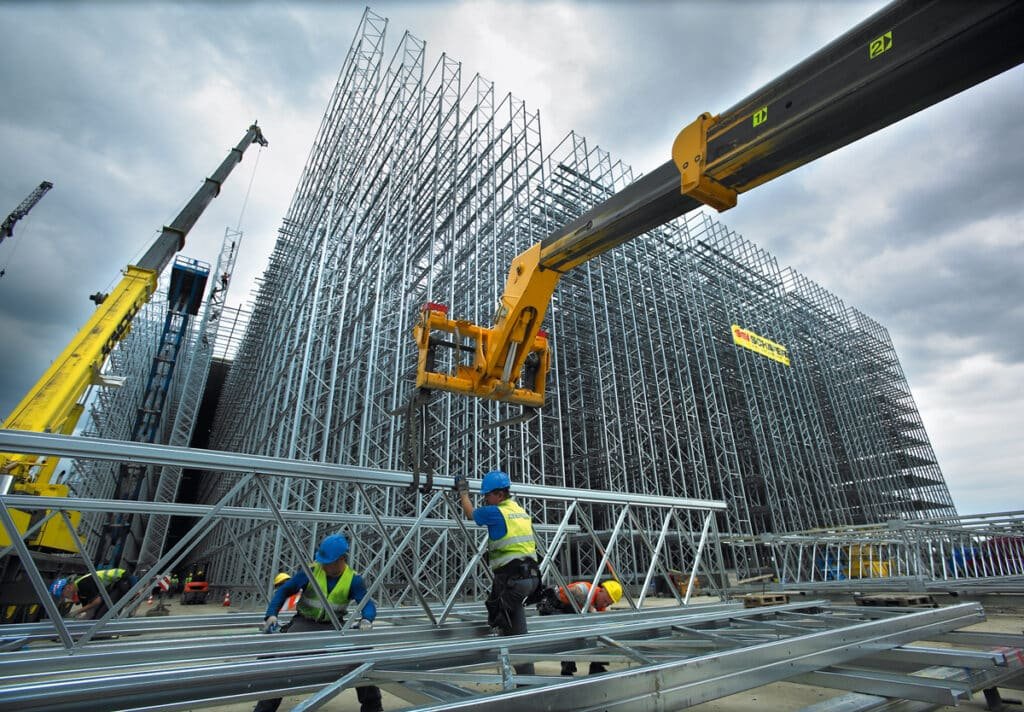Concrete, the most widely used construction material in the world, has undergone a remarkable transformation in recent years. Advancements in technology and research have led to the development of innovative materials that enhance the strength, durability, and sustainability of concrete structures. In this blog post, we will delve into the latest materials used in concrete and explore their significant impact on the construction industry.
- High-Performance Concrete (HPC):
High-performance concrete is a game-changer in the construction industry. It is engineered to possess exceptional strength, durability, and resistance to environmental factors. HPC incorporates advanced admixtures, such as superplasticizers and silica fume, which significantly improve its mechanical properties. This material enables the construction of taller, longer-lasting, and more sustainable structures. - Self-Healing Concrete:
Concrete structures are prone to cracks and damage over time due to various factors, including shrinkage and external forces. Self-healing concrete is a revolutionary material that can autonomously repair these cracks, prolonging the lifespan of structures. It contains encapsulated bacteria or microcapsules filled with healing agents that are activated upon crack formation, filling the gaps and restoring the material's integrity. - Carbon Fiber Reinforced Polymer (CFRP):
CFRP is a lightweight and high-strength material that is increasingly being used as a reinforcement in concrete structures. It offers superior tensile strength, corrosion resistance, and durability compared to traditional steel reinforcements. CFRP can be used in various applications, such as bridge construction, strengthening existing structures, and seismic retrofitting, providing enhanced structural performance and reducing maintenance costs. - Geopolymer Concrete:
Geopolymer concrete is an eco-friendly alternative to traditional Portland cement-based concrete. It is produced by utilizing industrial by-products, such as fly ash or slag, which significantly reduces carbon emissions. Geopolymer concrete exhibits excellent mechanical properties, fire resistance, and chemical resistance, making it suitable for a wide range of applications, including infrastructure projects and precast elements. - Transparent Concrete:
Imagine concrete that allows light to pass through it, creating a mesmerizing visual effect. Transparent concrete, also known as translucent concrete or light-transmitting concrete, is a recent innovation that combines optical fibers or fine glass particles with concrete matrix. This material offers unique architectural possibilities, such as illuminated facades, decorative panels, and artistic installations, while maintaining the structural integrity of traditional concrete.
Conclusion:
The latest materials used in concrete construction have revolutionized the industry, offering enhanced strength, durability, sustainability, and aesthetic appeal. High-performance concrete, self-healing concrete, carbon fiber reinforced polymer, geopolymer concrete, and transparent concrete are just a few examples of the cutting-edge materials transforming the way we build. As technology continues to advance, we can expect even more innovative materials to emerge, further pushing the boundaries of what concrete can achieve in the future.


